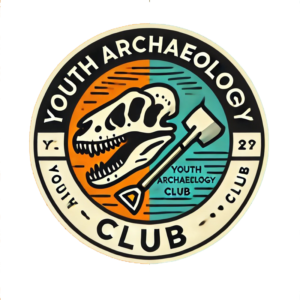This year marks the 50th anniversary of the archaeological excavation of the Terracotta Army. On December 16, the Emperor Qinshihuang’s Mausoleum Site Museum announced significant new progress in the archaeological exploration of the Terracotta Army.

Discoveries in Pit No. 2
On December 16, during the archaeological excavation and preservation efforts in Pit No. 2, archaeologists uncovered two chariot remains and three “chariot soldier” terracotta figures. Preliminary cleaning revealed three terracotta horses and three terracotta figures.
According to Zhu Sihong, head of the Pit No. 2 excavation project, the current phase of the second excavation in Pit No. 2 focuses on Corridor 5 in the chariot soldier unit, Corridor 14 in the mixed formation, and Bay 5 in the first unit.
Excavations revealed traces of two chariots and three terracotta horses. Additionally, three terracotta figures were unearthed—two identified as “right charioteer” and “driver,” and one presumed to be the “left charioteer.”
Experts explained that a chariot is typically equipped with four horses and three charioteers. The central figure is the “driver,” flanked by the “left charioteer” and “right charioteer.”

Rare “General” Terracotta Figure Discovered in Pit No. 2
Archaeologists have also recently unearthed a rare high-ranking military officer figure in Pit No. 2.
In the experimental lab for Pit No. 2, staff are meticulously cleaning and initially reassembling the newly discovered officer figure. This figure, discovered in November during the excavation of Pit No. 2, was found in a damaged state and subsequently extracted for further study.
Zhu Sihong noted that this high-ranking officer figure is the first of its kind discovered in Pit No. 2 since formal excavations began in 1994. Based on its location, archaeologists infer that it likely represents the highest-ranking military commander in the unit.
Experts emphasized the importance of this discovery for studying Qin Dynasty military organization and systems. These high-ranking officer figures, also referred to as “General Figures,” typically wear a distinctive headdress (heguan), armored attire, and hold their hands clasped at the abdomen. Their armor features intricate patterns, floral motifs, and decorative ribbons. To date, only 10 high-ranking officer figures have been discovered among the Terracotta Army.
Excavation History of Pit No. 2
The first official excavation of Pit No. 2 began in 1994 and concluded its initial phase in 1998. The second official excavation commenced in 2015 and continues to this day. Discoveries in Pit No. 2 include formations of cavalry, crossbowmen, chariots, and mixed units.
50 Years of Archaeological Achievements
This year marks the 50th anniversary of the discovery of the Terracotta Army. Over the past half-century, archaeologists have uncovered Pits 1, 2, and 3, covering a total area of over 20,000 square meters. More than 2,000 terracotta figures, along with bronze chariots, stone armor, and acrobatic figures, have been unearthed. These findings have clarified the major relics of Emperor Qinshihuang’s mausoleum, providing a scientific basis for its comprehensive preservation and systematic display.
Source: Xi’an Cultural Tourism Voice

